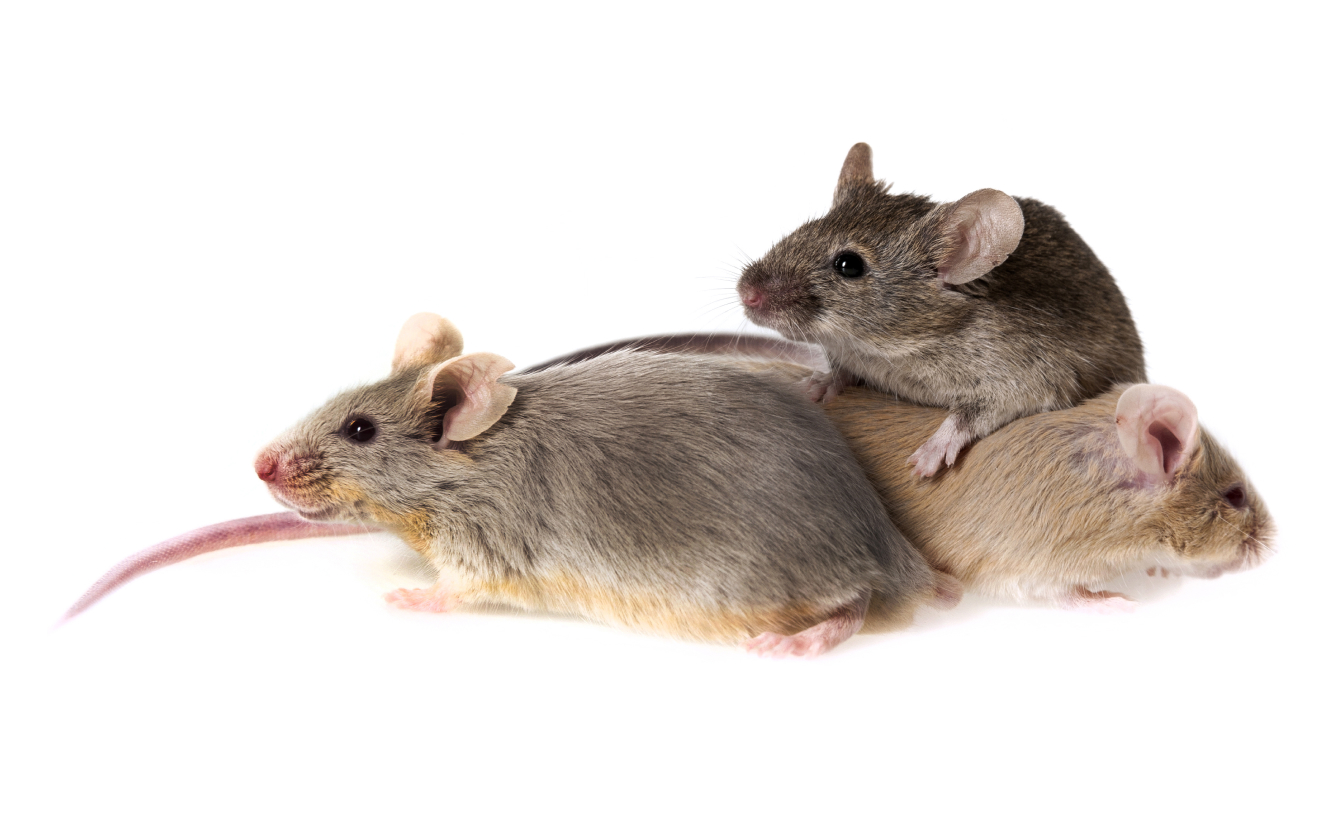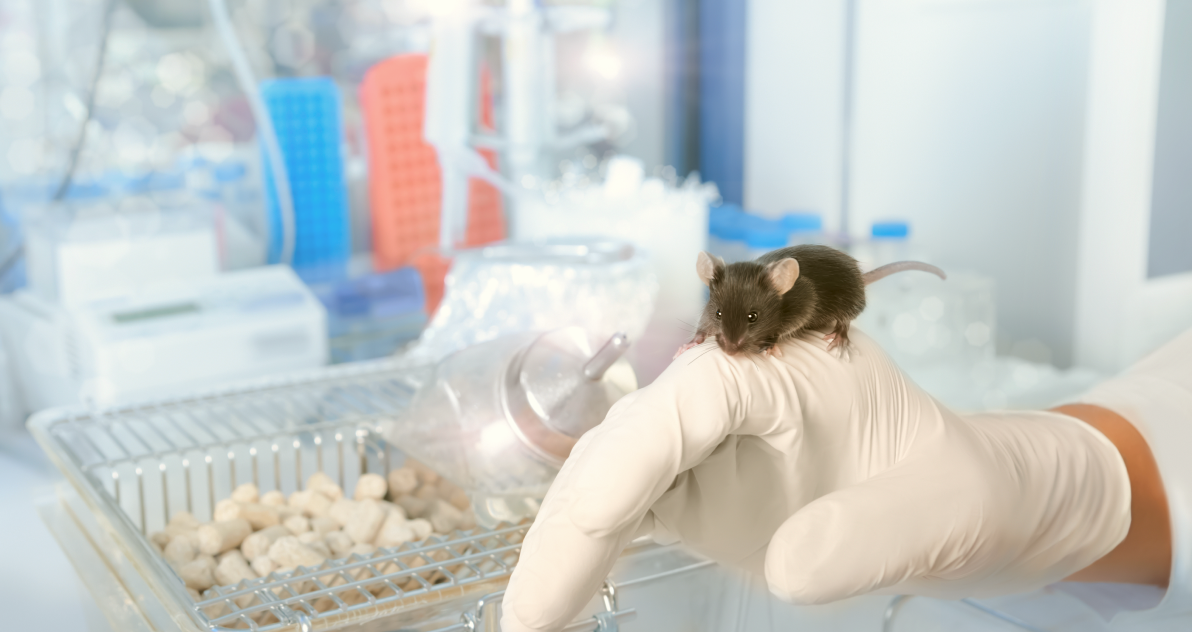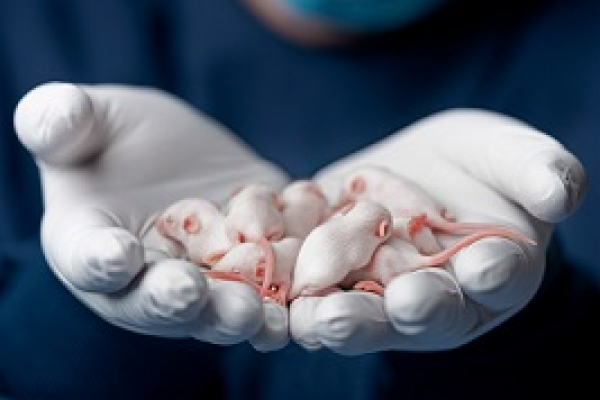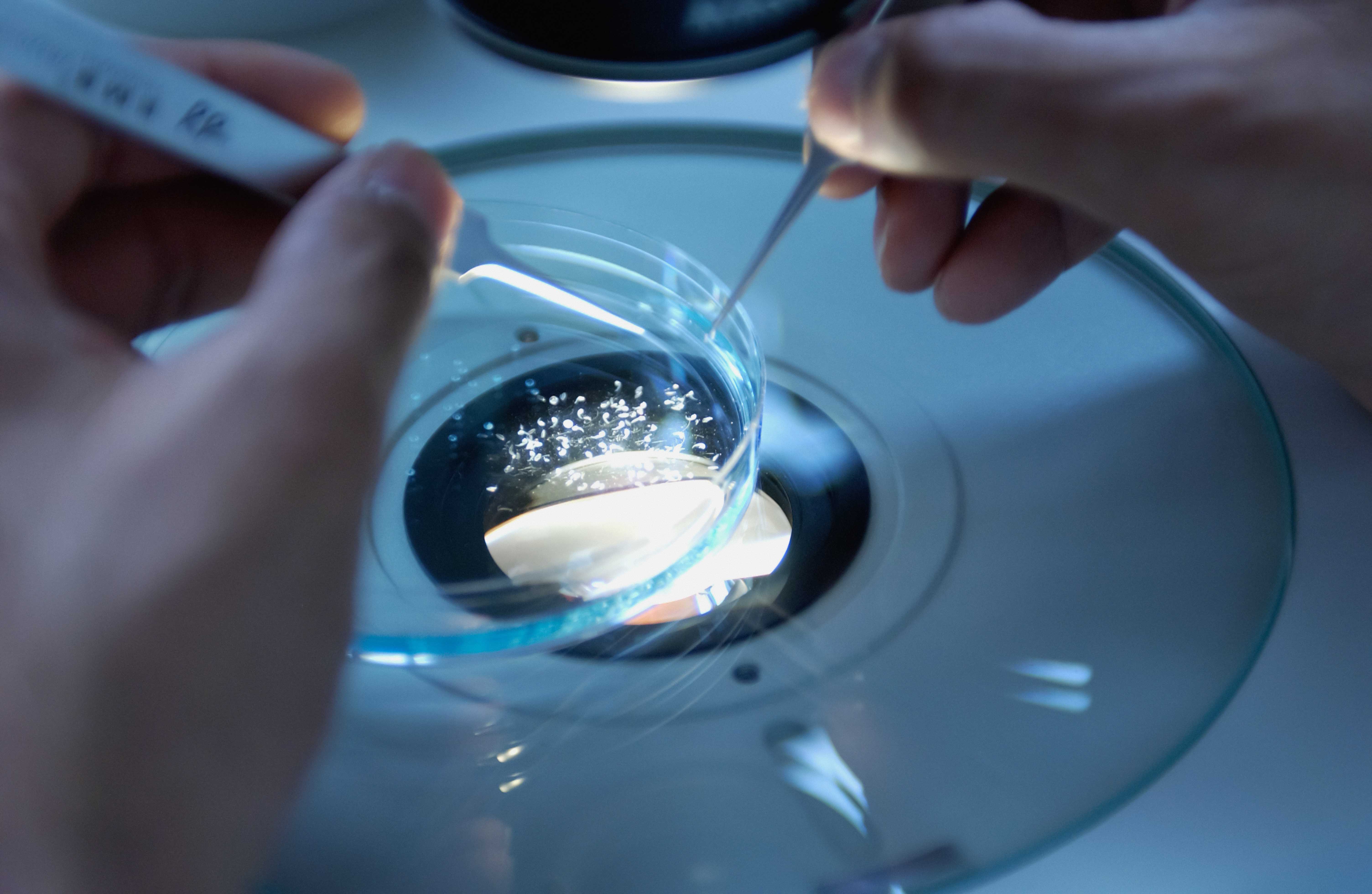Handling Instructions for Surgical Services
Catheter:
Catheter material consists of sterile 3.5 Fr polyurethane (PU) tubing with a 2 Fr PU tip. The catheter is sealed with a sterile stainless steel pin. 22 gauge blunted needles are required to access the port. Fill volume of the catheter is 40µl.
Lock Solution:
Heparinized Glycerol (500 IU/ml): 10.0 mL stock heparin (1000 IU/mL) + 10.0 mL 99% Glycerol solution (Sigma).
Catheter Maintenance:
To maintain animals over longer periods of time, catheters need to be flushed twice a week (once every 3-4 days). Catheters can be flushed by following the sampling procedure below minus the withdrawal of the whole blood sample.
Blood Pressure Monitoring & Sampling:
CAC are reliable for obtaining blood samples and blood pressure readings. Sample size and frequency should be minimized to essential time points to maintain the health of the animal. Pilot studies are always encouraged to be sure our CAC preparation performs up to user expectations. For blood withdraw, gather the following materials: Syringe assemblies (1cc syringe attached to 22G blunted needle), sterile saline and sterile lock solution.
- Place animal in a restrainer (small open topped boxes the size of a pipette container work well).
Important: Always clamp the port with rubberized or smooth hemostats to prevent unintended blood flow and port damage when changing syringes and flushing the catheter. - Clamp port and remove the pin from the catheter and set aside.
- Insert an empty syringe assembly (SA) into the port and release hemostats.
- Gently withdraw fill solution and blood; clamp port.
- Attach a second SA, release hemostats and withdraw sample (syringe may contain anticoagulant); clamp port.
- Release hemostats and slowly flush catheter with sterile saline ~ 100µl (or greater to match blood withdraw) clamp port.
- Add 40µl of sterile lock solution, clamp port and replace pin.
- If blood fails to flow in step 4, remove the empty SA and replace with a SA containing sterile saline and gently flush the catheter and repeat as outlined above.
Housing:
Individually house animals to prevent cage mates from chewing on one another’s catheters.
Staple Removal:
Staples should be removed 7-10 days post-operatively. Do not remove the staple around the port.
Notes:
- During animal manipulation, it is important not to place undo stress on the catheter.
- Using needles larger than 22 gauge will stretch the port and decrease the longevity of the preparation. Additionally, accessing the port by way of needles with bevels or rough edges will damage the port, again making sampling / use difficult.
Housing:
Animals can be group housed. Barbering is common in male mice; enrichment is added to lessen the chance of occurrence.
Staple Removal:
Staples should be removed 7-10 days post-operatively.
Note:
- Sham animals are identified with a right ear punch unless specified otherwise.
Catheter:
Catheter material consists of sterile polyurethane (PU) tubing. The body of the catheter is made of 3.5 Fr tubing and the insertion tip is 2 Fr tubing. The access port is sealed with a sterile stainless steel pin. 22 gauge blunted needles are required to access the port. Fill volume of the catheter is 80µl.
Lock Solution:
Heparinized Glycerol (500 IU/ml): 10.0 mL stock heparin (1000 IU/mL) + 10.0 mL 99% Glycerol solution (Sigma).
Catheter Maintenance:
To maintain animals over longer periods of time, catheters need to be flushed twice a week (once every 3-4 days). Catheters can be flushed by following the sampling procedure below minus the withdrawal of the whole blood sample.
Blood Pressure Monitoring & Sampling:
FAC are reliable for obtaining blood samples and blood pressure readings. Sample size and frequency should be minimized to essential time points to maintain the health of the animal. Pilot studies are always encouraged to be sure our FAC preparation performs up to user expectations. For blood withdrawal gather the following materials: Syringe assemblies (1cc syringe attached to 22G blunted needle), sterile saline and sterile lock solution.
- Place animal in a restrainer (small open topped boxes the size of a pipette container work well).
Important: Always clamp the port with rubberized or smooth hemostats to prevent unintended blood flow and port damage when changing syringes and flushing the catheter. - Remove the pin from the catheter and set aside.
- Insert an empty syringe assembly (SA) into the port and release hemostats.
- Gently withdraw fill solution and blood; clamp port.
- Attach a second SA, release hemostats and withdraw sample (syringe may contain anticoagulant) clamp port.
- Release hemostats, slowly flush catheter with sterile saline ~200µl (or greater to match blood withdraw) and clamp port.
- Add 80µl of sterile lock solution, clamp port and replace pin.
- If blood fails to flow in step 4, remove the empty SA and replace with a SA containing sterile saline and gently flush the catheter and repeat as outlined above.
Housing:
Individually house animals to prevent cage mates from chewing on one another’s catheters.
Staple Removal:
Staples should be removed 7-10 days post-operatively. Do not remove the staple around the catheter port.
Note:
- During animal manipulations, it is important not to place undue stress on the catheter.
- Using needles larger than 22 gauge will stretch the port and decrease the longevity of the preparation. Additionally, accessing the port by way of needles with bevels or rough edges will damage the port, again making sampling / use difficult.
Catheter:
Catheter material consists of sterile 3.5 Fr polyurethane (PU) tubing. The access port is sealed with a sterile stainless steel pin. 22 gauge blunted needles are required to enter the port. Fill volume of the catheter is 80µl.
Lock Solution:
Heparinized Glycerol (500 IU/ml): 10.0 mL stock heparin (1000 IU/mL) + 10.0 mL 99% Glycerol solution (Sigma).
Catheter Maintenance:
To maintain animals over longer periods of time, catheters need to be flushed twice a week (once every 3-4 days). Catheters can be flushed by following the sampling procedure below, minus the withdrawal of the whole blood sample.
Dosing/Sampling:
FVC’s are utilized primarily for sterile test article administration. Administration is achieved by bolus dosing or constant infusion. Rates of infusion should not exceed 1ml per minute. To a lesser extent, femoral vein catheters can be utilized for obtaining blood samples. 200-300 gram rats can tolerate 1000 to 1500µl of total blood withdrawal in a 24 hour period. Sample size and frequency should be minimized to essential time points to maintain the health of the animal. For test article administration or blood withdraw, gather the following materials: Syringe assemblies (1cc syringe attached to a 22G blunted needle), sterile saline and sterile fill solution.
- Place animal in a restrainer (small open topped boxes the size of a pipette container work well).
Important: Always clamp the port with rubberized or smooth hemostats to prevent unintended blood flow and port damage when changing syringes and flushing the catheter. - Clamp port and remove the pin from the catheter and set aside.
- Insert an empty syringe assembly (SA) into the port and release hemostats.
- Gently withdraw fill solution and blood; clamp port.
- Attach a second SA, release hemostats and withdraw sample or administer test article (syringe may contain anticoagulant) clamp port.
- Release hemostats and slowly flush catheter with sterile saline ~200µl (or greater to match blood withdrawal) clamp port.
- Add 80µl of sterile lock solution, clamp port and replace pin.
- If blood fails to flow in step 4, remove the empty SA and replace with a SA containing sterile saline and gently flush the catheter. Continue as outlined above.
Housing:
Individually house animals to prevent cage mates from chewing on one another’s catheters.
Staple Removal:
Staples should be removed 7-10 days post-operatively. Do not remove the staple around the port.
Notes:
- During animal manipulations (dosing / weighing), it is important not to place undue stress on the catheter.
- Using needles larger than 22 gauge will stretch the port and make sampling difficult. Additionally, sampling by way of needles with bevels or rough edges will damage the port, again making sampling difficult.
Catheter:
Catheter material consists of sterile 3.5 Fr polyurethane (PU) tubing. The catheter is sealed with a sterile stainless steel pin. 22 gauge blunted needles are required to access the port. Fill volume of the catheter is 50µl.
Lock Solution:
Heparinized Glycerol (500 IU/ml): 10.0 mL stock heparin (1000 IU/mL) + 10.0 mL 99% Glycerol solution (Sigma).
Catheter Maintenance:
To maintain animals over longer periods of time, catheters need to be flushed twice a week (once every 3-4 days). Catheters can be flushed by following the sampling procedure below minus the withdrawal of the whole blood sample.
Sampling:
JVC’s are reliable for obtaining blood samples over the course of hours or even day(s). 200-300 gram rats can tolerate 1000 to 1500µl of total blood withdrawal in a 24 hour period; sample size can vary, but recommendations are in the range of 200-300µl. Sample size and frequency should be minimized to essential time points to maintain the health of the animal. For blood withdrawal, gather the following materials: Syringe assemblies (1cc syringe attached to a 22G blunted needle), sterile saline and sterile fill solution.
- Place animal in a restrainer (small open topped boxes the size of a pipette container work well).
Important: Always clamp the port with rubberized or smooth hemostats to prevent unintended blood flow and port damage when changing syringes and flushing the catheter. - Clamp port and remove the pin from the catheter and set aside.
- Insert an empty syringe assembly (SA) into the port and release hemostats.
- Gently withdraw fill solution and blood; clamp port.
- Attach a second SA, release hemostats and withdraw sample (syringe may contain anticoagulant); clamp port.
- Release hemostats and slowly flush catheter with sterile saline ~125µl (or greater to match blood withdrawal); clamp port.
- Add 50µl of sterile lock solution, clamp port and replace pin.
- If blood fails to flow in step 4, remove the empty SA and replace with a SA containing sterile saline and gently flush the catheter and repeat as outlined above.
Housing:
Individually house animals to prevent cage mates from chewing on one another’s catheters.
Staple Removal:
Staples should be removed 7-10 days post-operatively; do not remove staple around catheter port.
Notes:
- During animal manipulation (dosing / weighing) it is important not to place undue stress on the catheter.
- Using needles larger than 22 gauge will stretch the port and make sampling difficult. Additionally, sampling by means of needles with bevels or rough edges will damage the port, again making sampling difficult.
Housing:
Animals can be group housed.
Staple Removal:
Staples should be removed 7-10 days post-operatively.
Notes:
- Sham animals are identified with a right ear punch unless specified otherwise.
Housing:
Animals can be group housed.
Staple Removal:
Staples should be removed 7-10 days post-operatively.
Note:
- Sham animals are identified with a right ear punch unless specified otherwise.
Housing:
Animals can be group housed.
Staple Removal:
Staples should be removed 7-10 days post-operatively.
Note:
- Sham animals are identified with a right ear punch unless specified otherwise.
Welcome! Tell us a little about yourself






.jpg)

.jpg)
.jpg)
.jpg)
.jpg)





.jpg)
.jpg)


.jpg)



.jpg)




.jpg)

.jpg)
.jpg)



